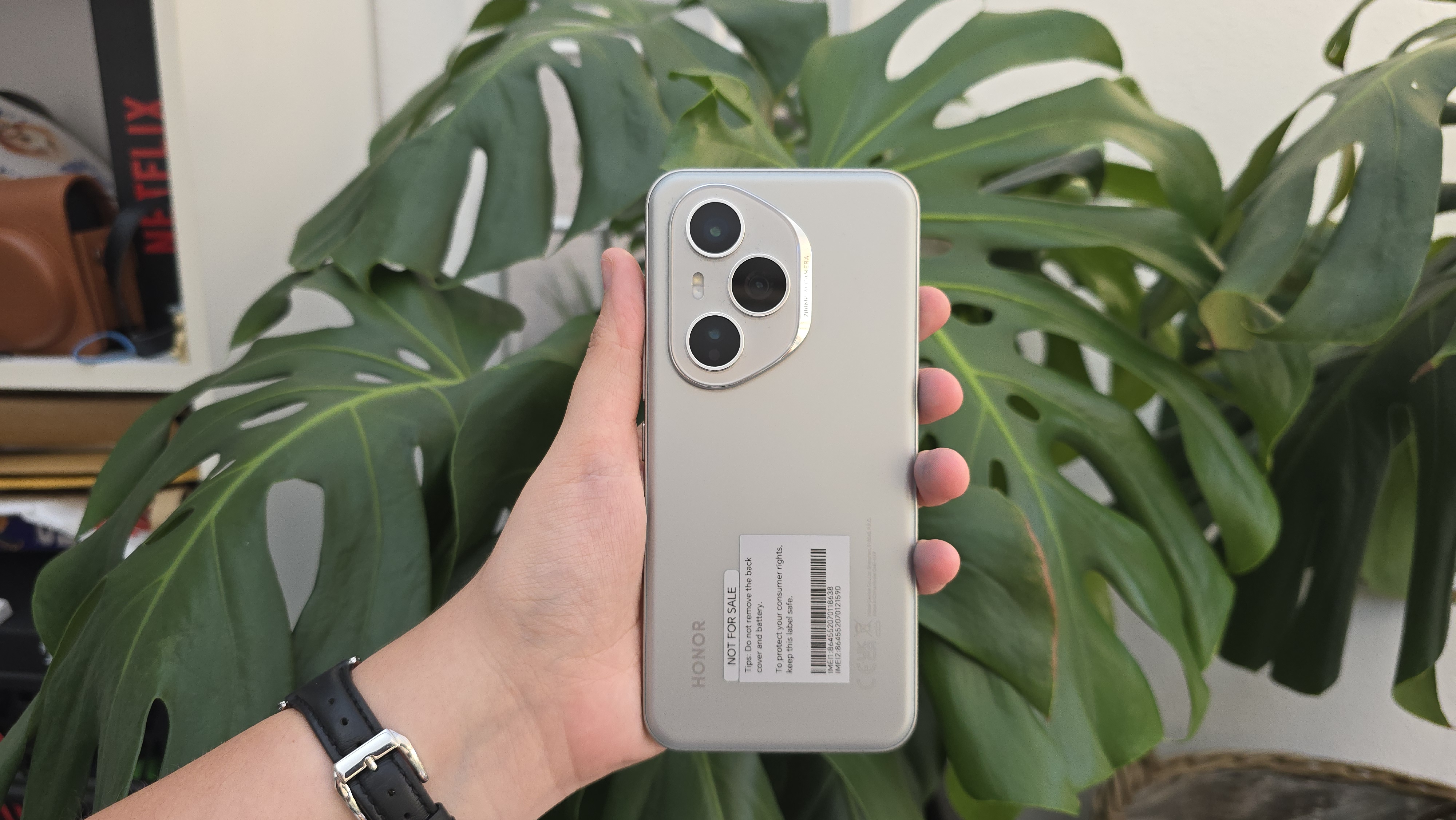Text-to-image AI art generators have a lot to answer for. They've been generating a huge amount of controversy in recent months for their ability to mimic the style of famous artists based on nothing but a short text prompt, but here's one project that's put the cutting-edge creative tech to work for a good cause.
The people behind the project set out to explore how some of the world's most famous artists of the past might have depicted the current climate crisis, from Monet to Rembrandt, Van Gogh and even Andy Warhol. The results again demonstrate the power of AI image synths but also provide a practical example of how the technology can be used in a powerful campaign (if you're not yet up to speed on what text-to-image AI art generators are, see how to use DALL-E 2).
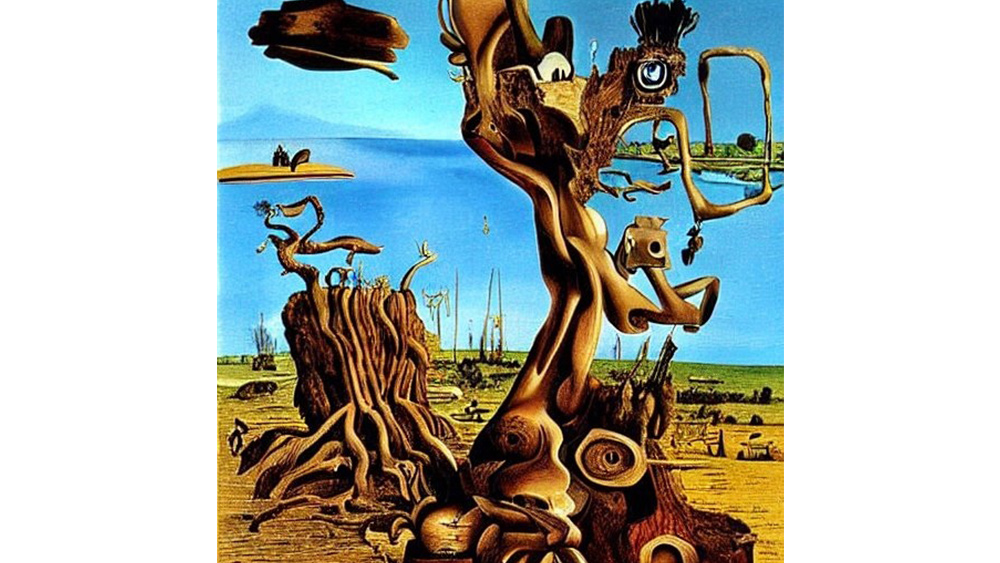
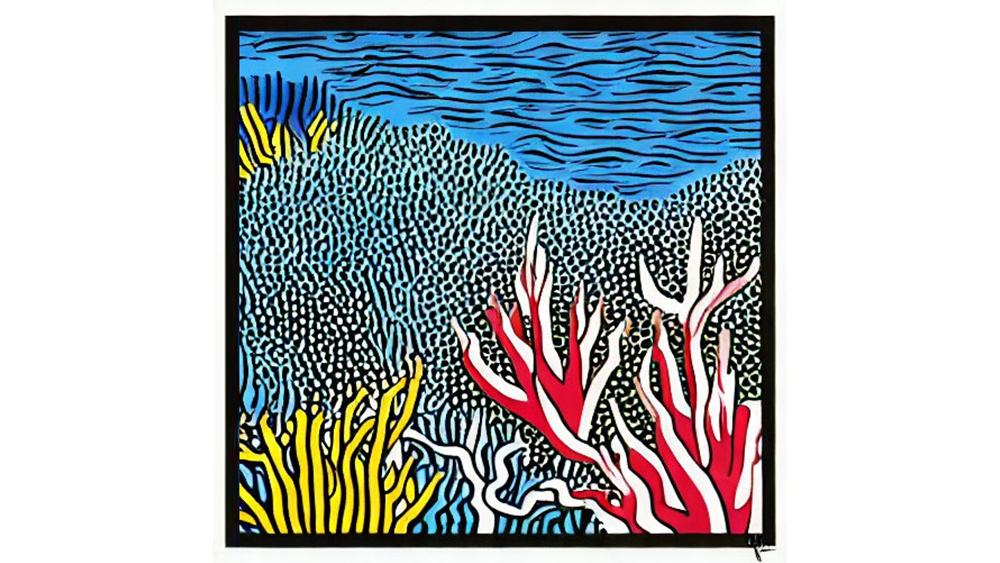

Monet depicts air pollution
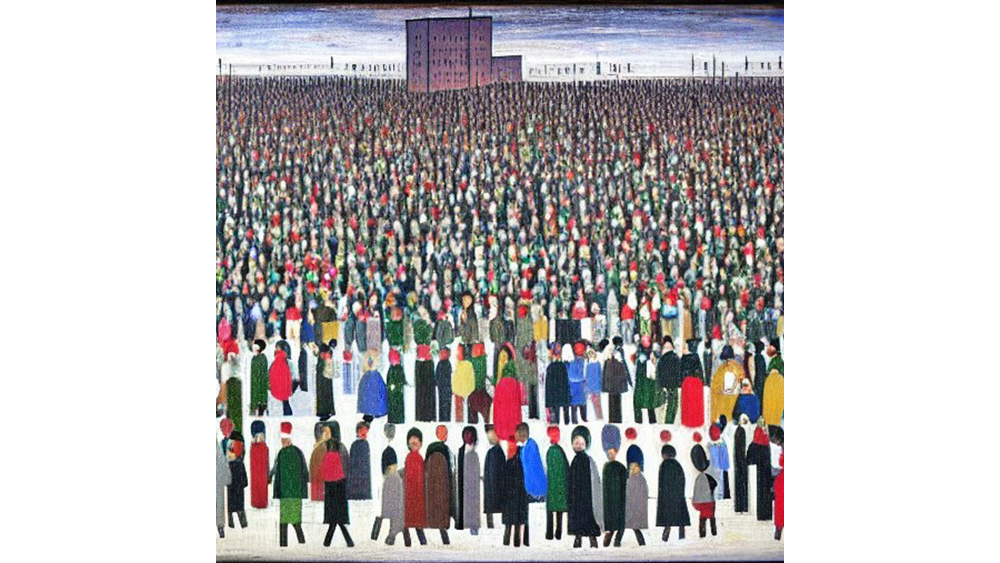
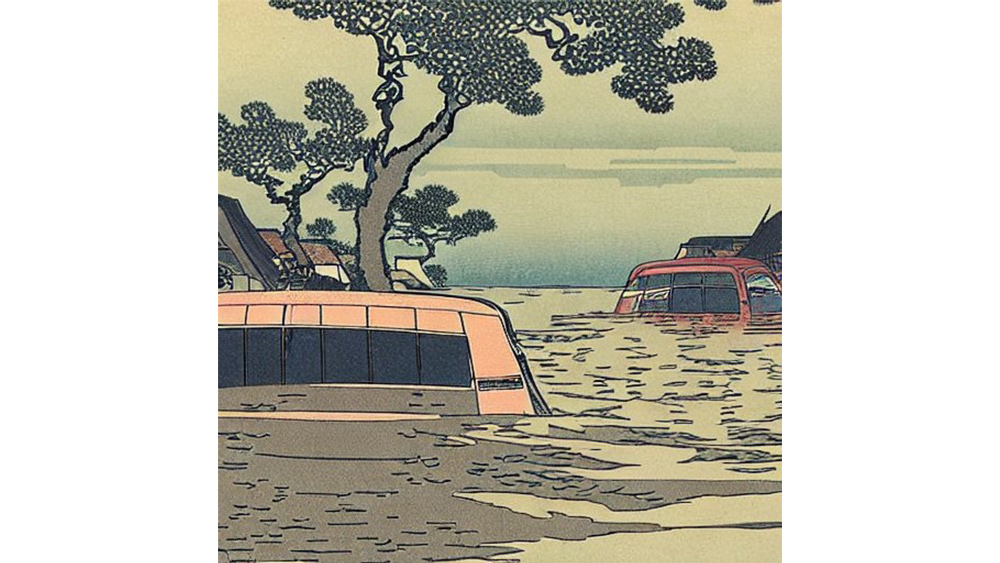
Noting the ability of AI art generators to mimic specific artists' styles (due to them being trained on many artists work), Bromley Art Supplies and the digital marketing consultant Lacuna 5 decided to harness the tech to envision how famous artists might have depicted pressing issues that threaten our environment, from deforestation to pollution and plastic waste.
They've not specified which AI tool, but it does a good job of recreating particular styles. A landscape destroyed by deforestation is depicted in Salvador Dalí’s surrealist style, while a Frida Kahlo self-portrait shows the artist surrounded by a sea of plastic waste. A power plant belches out a cloud of smoke over a landscape in the delicate impressionist brushstrokes of Claude Monet.
Van Gogh depicts the plight of the Arctic's polar bears while Rembrandt takes on wild fires, and the young environmental activist Greta Thunberg is depicted in the pop art style of Andy Warhol.
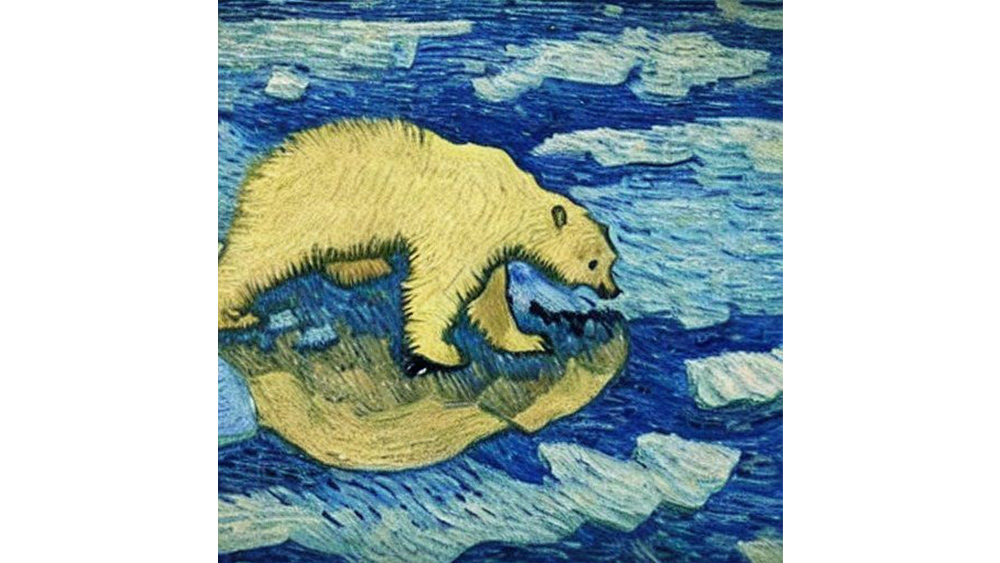
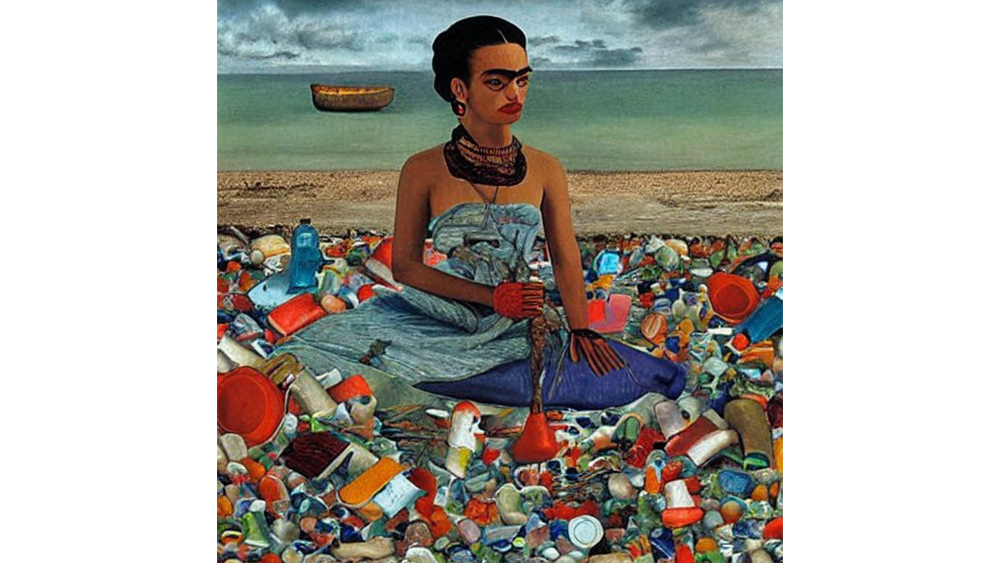
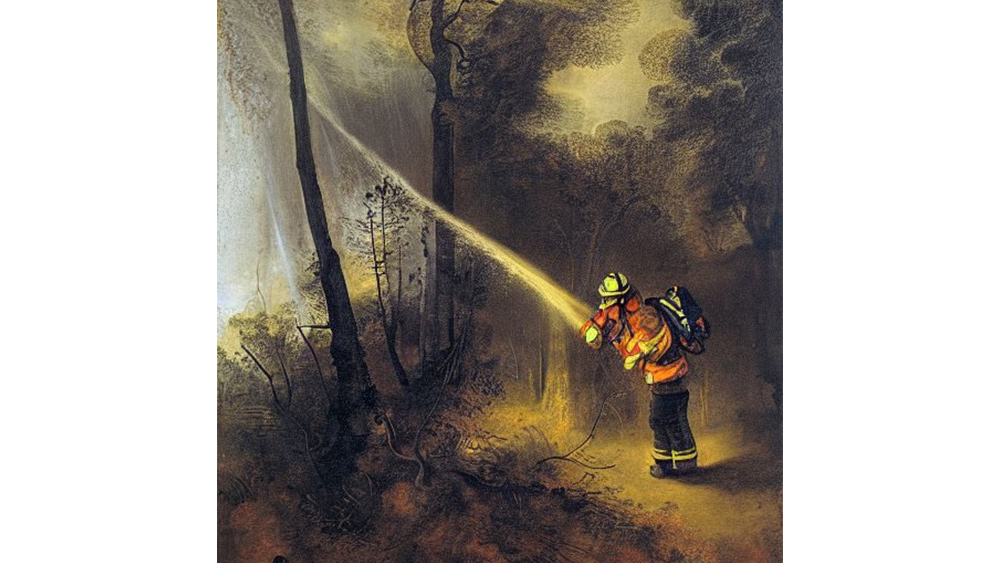
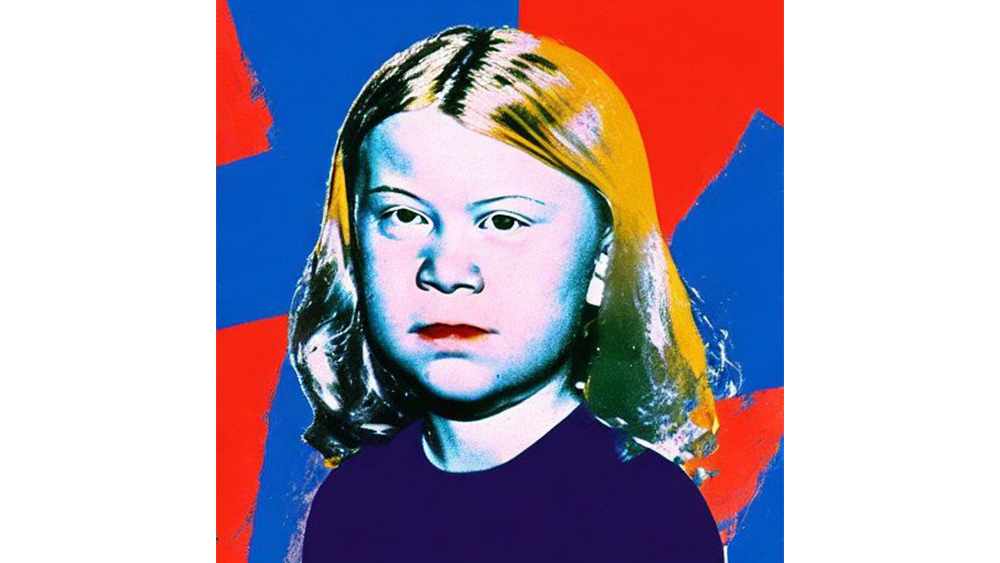
This is perhaps the first example we've seen of someone using generative AI image tech to create activist art, and it does it every effectively. It also links to the recent protests in which climate activists have defaced famous artworks with the argument that protecting life is more important than protecting art. I suspect this approach may be more successful at winning over the public, but as effective as it is, it might also be a bit of a fad. It's clever once, but for how long will using AI in this way feel novel?
For more on the topic, see how the best AI art generators compare. And see what's new in the latest release of Stable Diffusion, which has cleaned up its AI generator – something that hasn't been welcomed by everyone.
Get the Creative Bloq Newsletter
Daily design news, reviews, how-tos and more, as picked by the editors.
Read more:

Thank you for reading 5 articles this month* Join now for unlimited access
Enjoy your first month for just £1 / $1 / €1
*Read 5 free articles per month without a subscription

Join now for unlimited access
Try first month for just £1 / $1 / €1

Joe is a regular freelance journalist and editor at Creative Bloq. He writes news, features and buying guides and keeps track of the best equipment and software for creatives, from video editing programs to monitors and accessories. A veteran news writer and photographer, he now works as a project manager at the London and Buenos Aires-based design, production and branding agency Hermana Creatives. There he manages a team of designers, photographers and video editors who specialise in producing visual content and design assets for the hospitality sector. He also dances Argentine tango.
